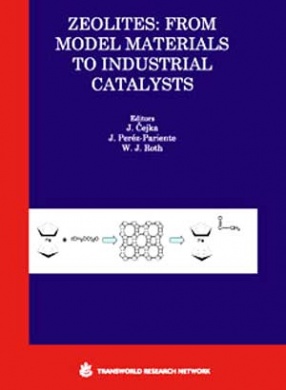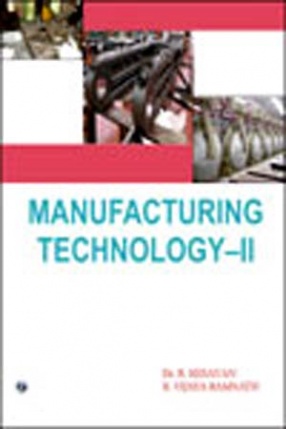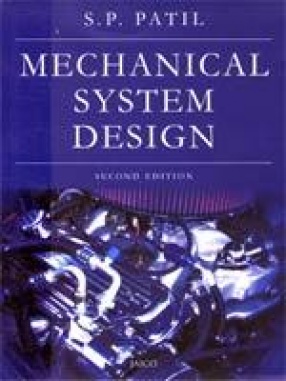Foreword During the recent years a large number of fascinating books appeared covering the ever growing area of zeolites, zeotypes and mesoporous molecular sieves even including the emerging field of metal organic frameworks. In contrast, we decided to prepare this book focused exclusively on zeolites and zeotypes, defined as crystalline microporous materials, to show that they are still one of the most important groups of inorganic materials serving as very well defined model structures for detail kinetic and spectroscopic studies up to industrially applied catalysts for cracking, refineries, petrochemistry, synthesis of fine chemicals, and in environmental catalysis. Based on that we believe that this book on zeolites will be useful not only for students and newcomers to this field but also to all experienced researchers as a useful reference book. Preparing this book we tried to follow up the pathway starting from synthesis of zeolites and understanding of new advances in this area up to their applications in adsorption and zeolites. Authors both from academic institutions very active in this area as well as leading experts from industry were invited to prepare their contributions. While in the Introduction the editors tried to briefly outline some basic summary of the last 250 years since the description of the first natural zeolite by Swedish mineralogist Cronsted, W.J. Roth focused on the discussion of recently synthesized zeolites and zeotypes and the exploitation of the structure directing concepts for the successful synthesis of these novel structural types of zeolites.
This is continued by R. Lobo, who made a great effort to evaluate the most important factors controlling the synthesis of zeolites from the point of view of the mechanism of zeolite synthesis. Many organic cations play important role in the synthesis of zeolites and J. Perez-Pariente focused his attention on their role as structure- directing agents, without which the synthesis would not proceed. In recent years synthesis of nanozeolites with particle sizes in tens of nanometers step forward. This topic is nicely covered by S. Mintova and V. Valtchev showing important factors for their synthesis together with discussing possibilities of their investigation. This is followed by the chapter of S.E. Park centered on the application of microwave irradiation to shorten the synthesis time of zeolites and to control selectivity and morphology during the synthesis. Zeolite membranes for separations and catalysis present another important area of zeolite endeavor. J. Santamaria and coworkers nicely described recent achievements in this area. Final chapter devoted to the synthesis of zeolites was written by industrial experts led by Lam.
The authors focused on the critical issues of scaling up of the zeolite synthesis, which provides more detailed ideas of the critical aspects of this effort. Acidity is one of the most important features of zeolites playing the crucial role in acid-catalyzed reactions. B. Gil presented various approaches to characterization of the acidity of zeolites and discussed advantages and disadvantages of individual relevant methods. From the practical point of view main part of the book is devoted to catalysis. Chapter by R. Staudt and M. Thommes preceded these chapters describing a broad application potential of zeolites for adsorption applications. As for the catalysis, A. Martinez focused on application of zeolites in petrochemical reactions and M. Bejblová and J. Cejka highlighted many examples of catalytic potential of zeolites in fine chemical synthesis. For the first time a topic of zeolite catalysis for renewables was covered by H. van Bekkum while Z. Sobalik discussed the application of zeolites in environmental catalysis with special emphasis on deNOx processes. Industrial applications of zeolites were summarized by C. Perego and A. Carati showing many examples of the importance of zeolites in this field. Finally, C. Christensen and his group presented an emerging field of controlled synthesis of mesoporous zeolites and their catalytic potential.





There are no reviews yet.